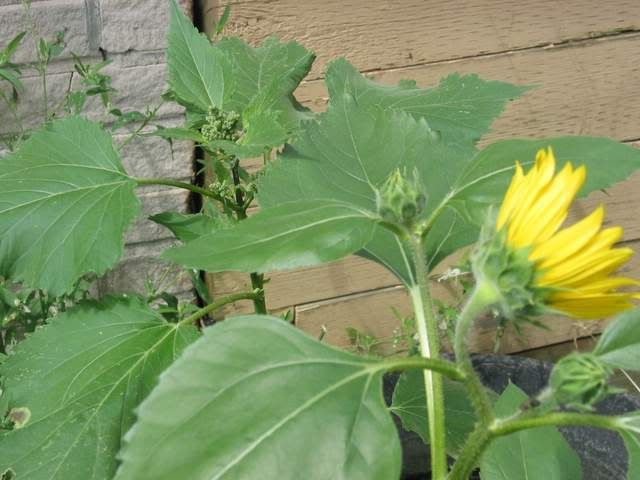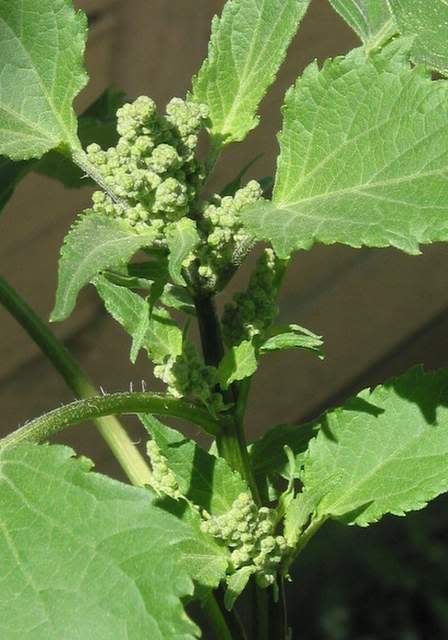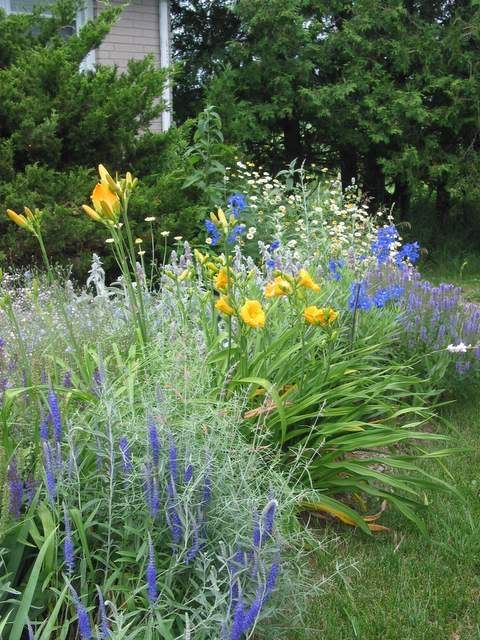patandchickens
Deeply Rooted
'Cuz I have two volunteers underneath the bird feeder (of course), and while one of them is perfectly normal in every way, the other one is BIZARRO. It is same height, same foliage, same everything as its normal sibling... except that where there SHOULD be one or two normal sunflower type buds forming at the top and from each leaf axil, there is instead a short stalk with a cluster of many (dozen+) little BB-sized bud-looking things, not at ALL sunflowery looking. It looks frankly like what you see on ragweed just before the flowers open, or something like that. Buncha wrinkly BB-sized balls.
What is up with that?? (Purely curious)
I took a photo but, ahem, Mrs PhD Biologist College Professor Know-it-all has no clue how to suck pictures off the camera onto the computer and thus can't get them to photobucket until SysAdmin husband gets home
Pat
What is up with that?? (Purely curious)
I took a photo but, ahem, Mrs PhD Biologist College Professor Know-it-all has no clue how to suck pictures off the camera onto the computer and thus can't get them to photobucket until SysAdmin husband gets home

Pat




